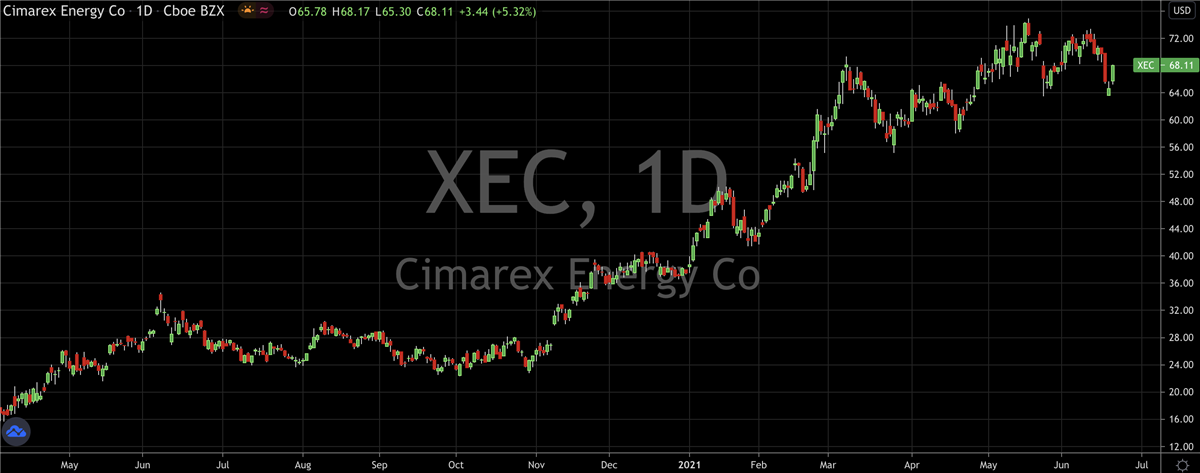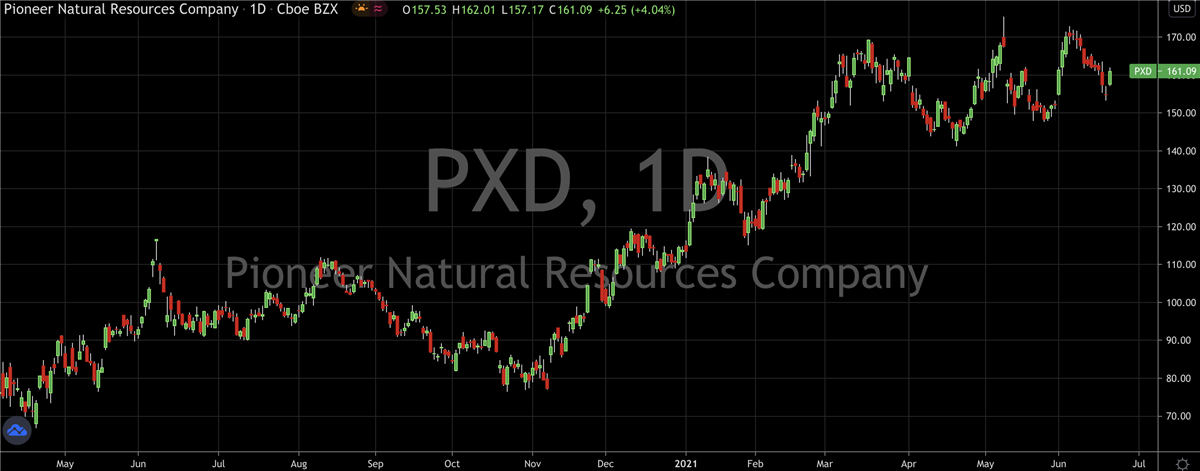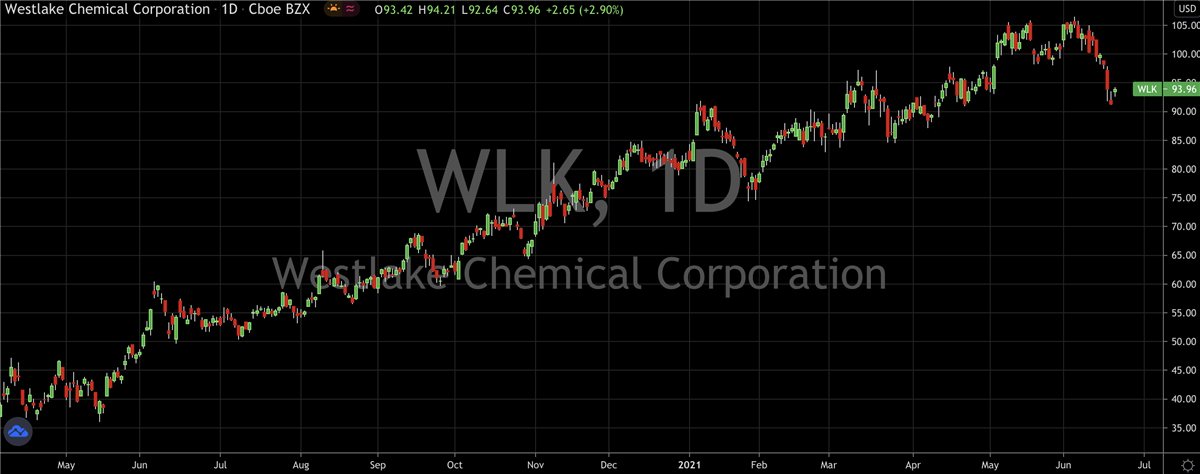Crude oil has been in a solid uptrend since this time last year, tacking on more than 600% from the crazy days of 2020 when the price of a barrel brie…
Free Book Preview
Money-Smart Solopreneur
This book gives you the essential guide for easy-to-follow tips and strategies to create more financial success.
June
22, 2021
4 min read
This story originally appeared on MarketBeat
Crude oil has been in a solid uptrend since this time last year, tacking on more than 600% from the crazy days of 2020 when the price of a barrel briefly went down to the single digits. It’s now trading above $70 for the first time since 2018 and unsurprisingly this has had a positive effect on individual stocks in the energy sector.
While most of the energy majors are performing well, albeit still a good bit below their all-time highs, Wall Street thinks these three stocks have particularly good prospects for the months ahead. Let’s take a look and see why.
Cimarex is a $7 billion oil and gas drilling company, headquartered in Denver, Colorado. Since putting in an all time low last year, their shares have rocketed almost 500%. On Monday, Bank of America joined the growing bull camp as they upgraded them to a Buy rating from Neutral, while giving them a fresh price target of $90.
This suggests there’s upside of more than 30% to be had from yesterday’s closing price which isn’t to be sniffed at. Analyst Doug Leggate and his team are impressed by the “moderate but nevertheless impactful incremental increase” in free cash flow yield which should underpin continued strength in the company’s balance sheet. The recent news that Cimarex may merge with Cabot Oil & Gas (NYSE: COG) was, unfortunately, a net negative for him, but this upgrade was “in spite” of the merger, which he’s hopeful won’t go through.
Interestingly, UBS moved Cimarex shares down to a Neutral rating last week, as they were of the opinion that the shares were trading at fair value in light of the merger news. Investors should have a clearer view of the path ahead in the coming weeks and either way, with year on year revenue growth of 44%, it’s definitely one to keep on the watch list.
Pioneer Natural Resources (NYSE: PXD)
Pioneer’s stock chart is one of the better looking of the bunch right now, with shares looking good value to make a move for the most recent high of 2018. They’re up more than 220% since last year and according to the folks over at Bernstein, they should be clearing 2018’s levels by the end of the year.
This bullish call was part of an upgrade to Pioneer’s stock yesterday, which saw them moved to Outperform with a $202 price target. They see the Texas based hydrocarbon exploration company continuing to perform well as momentum and demand for clean energy grows.
The company pays an attractive dividend yield of 1.4% and recently acquired DoublePoint Energy which opens up the door for fresh revenue streams. Their own revenue print for last quarter came in a bit below what analysts were expecting, but based on recent share performance investors have clearly been able to easily look past that. 
Westlake Chemical (NYSE: WLK)
This Houston-based manufacturer and supplier of all things petrochemical has seen its shares pop close to 300% in the past twelve months. Even though they’re trading a little soft at the moment and are down 10% this month, they’re barely 30% away from hitting 2018’s all-time high.
Yesterday, they announced plans to acquire Boral’s North American building products business for $2.15 billion. Shares saw a strong bid on the news that arrested the string of down days that had been collecting, and Scotiabank added some weight to the bull side with a quick upgrade to shares in light of the deal. Analyst Ben Isaacson believes “petrochemical margins will remain above mid-cycle levels through early 2022 and that polyvinyl chloride will remain strong for quite some time”.
His $104 price target suggests a minimum upside of 10% which should be easily achievable considering the strength of the stock’s uptrend that’s still very much intact. This latest acquisition shows how keen the company is to continue diversifying and adding value-boosting products to its offering. It’s hard to argue that it’s a strategy that’s not paying off.

Featured Article: What is an Initial Public Offering (IPO)?




